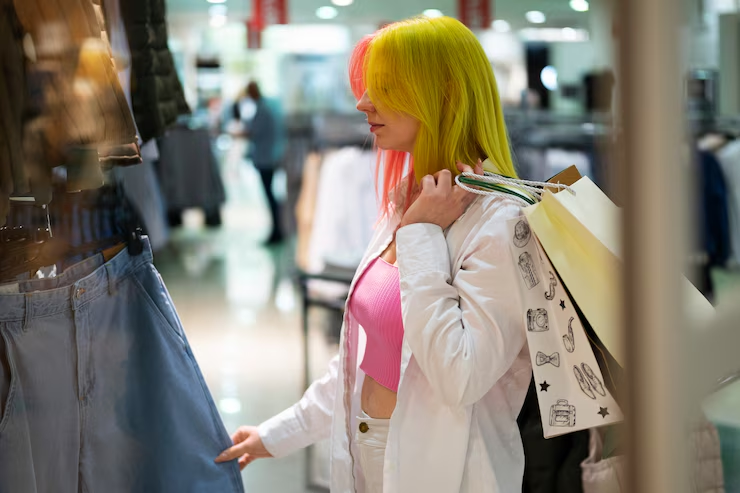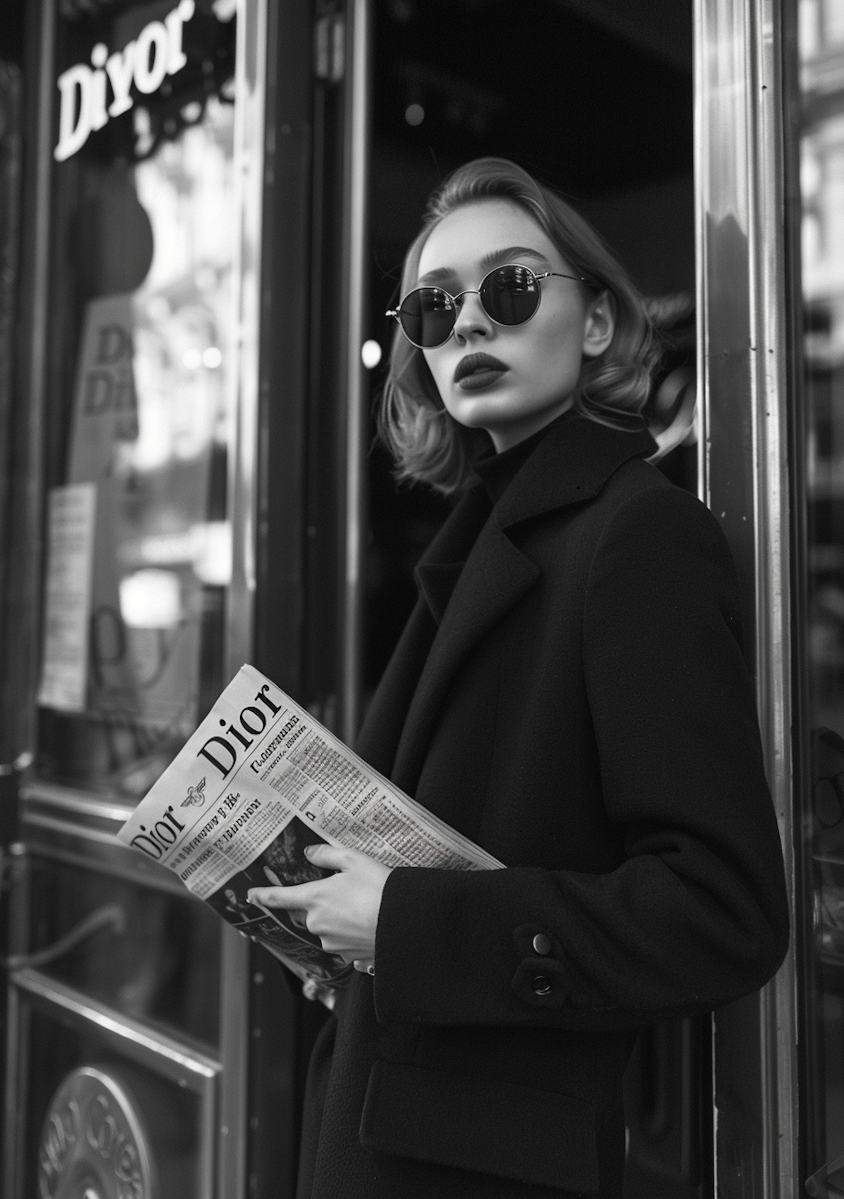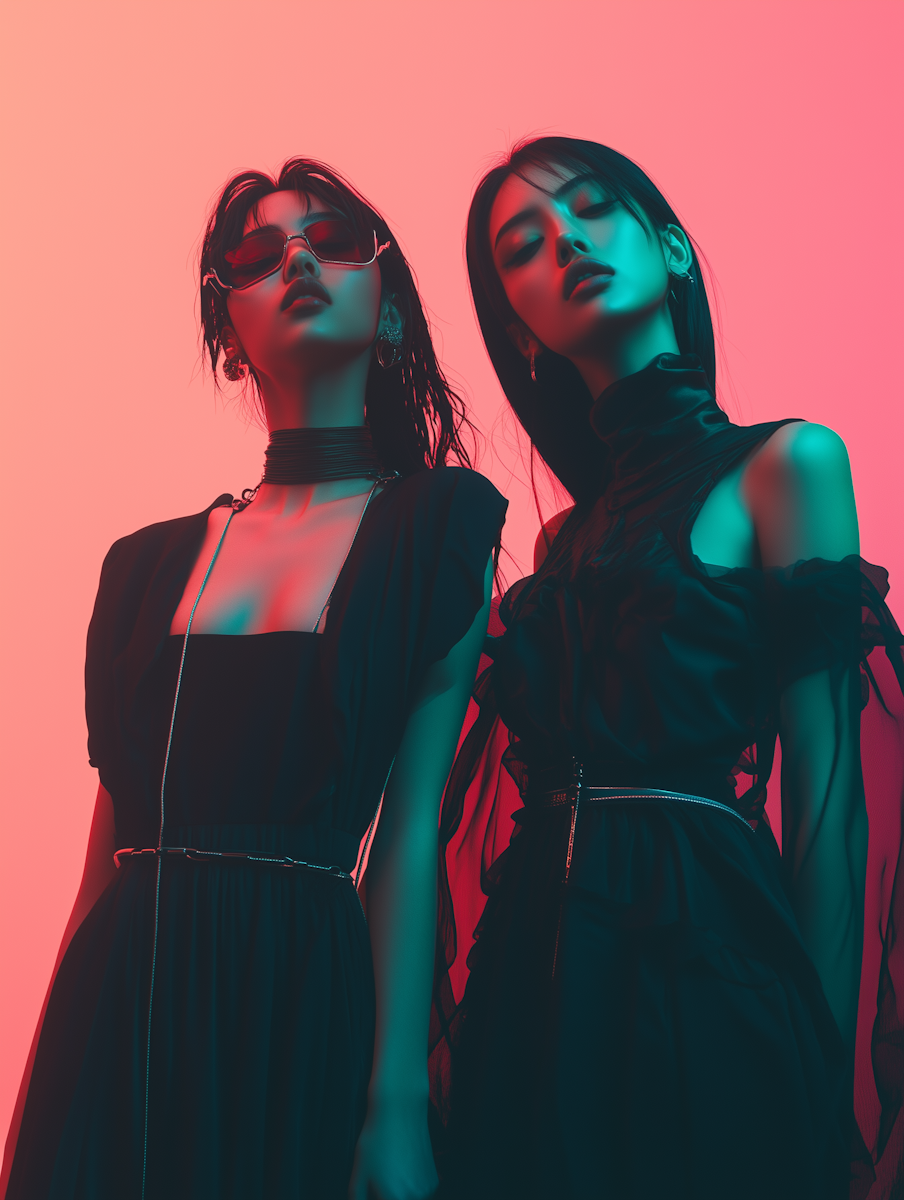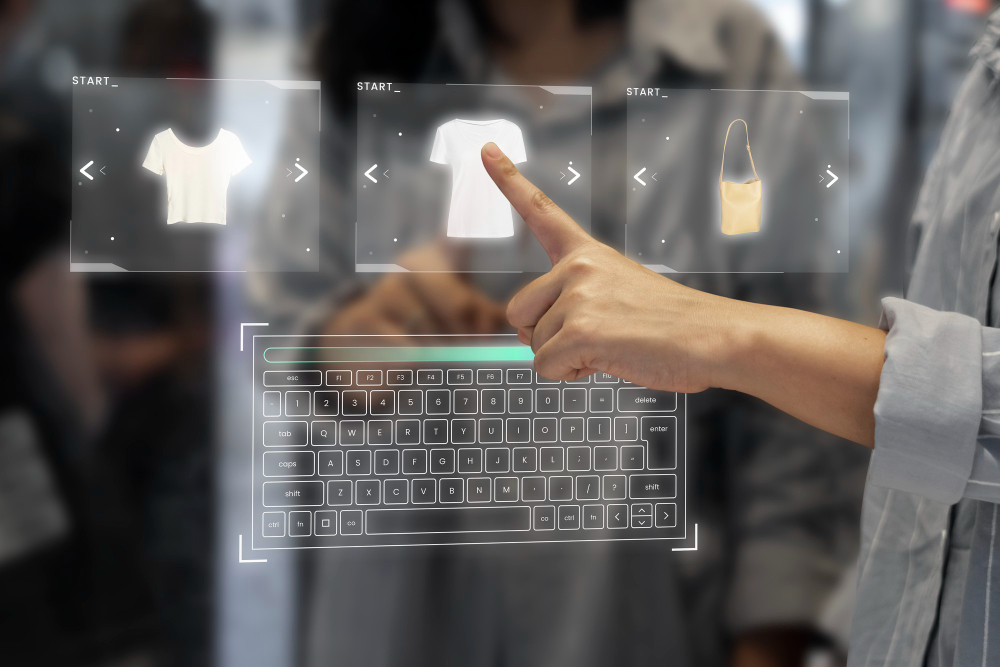Table of contents
A Guide to Identifying Fake Luxury Items and Protecting Your Wardrobe Investment
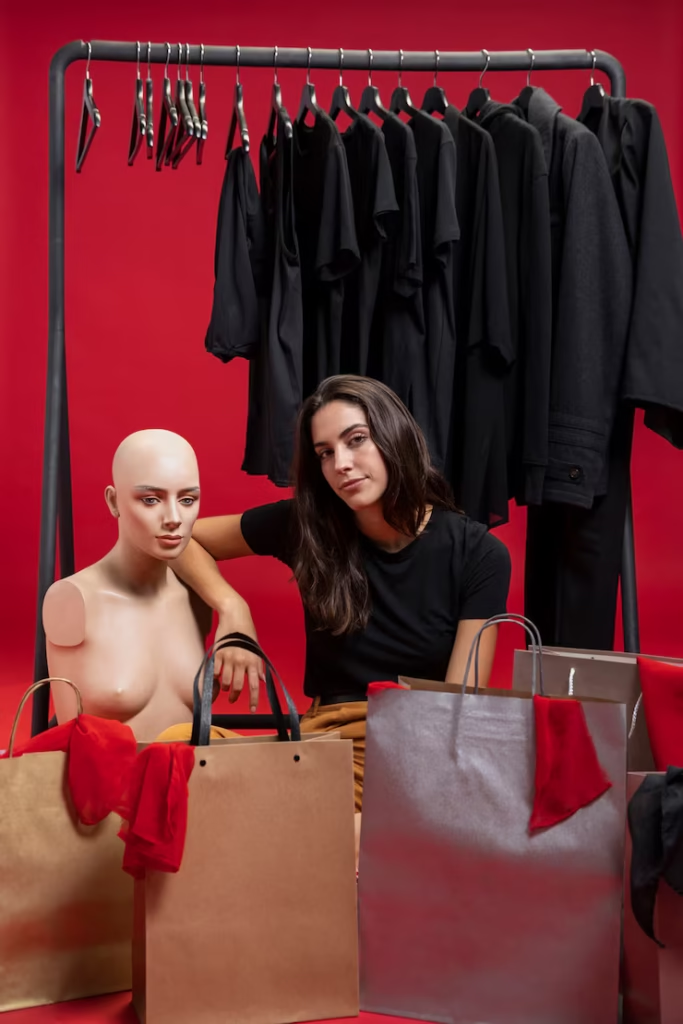
In an age where designer labels signify luxury, success, and style, the counterfeit fashion industry has grown into a multi-billion-dollar global problem. From street stalls to seemingly legitimate online retailers, fake designer pieces are everywhere. Whether you’re a seasoned fashionista or a casual shopper, learning how to spot counterfeit designer fashion is essential to safeguarding your money, style, and ethics.
This guide breaks down practical steps, expert tips, and key identifiers that help you separate authentic luxury from convincing knockoffs.
Why It’s Important to Spot Counterfeit Designer Fashion
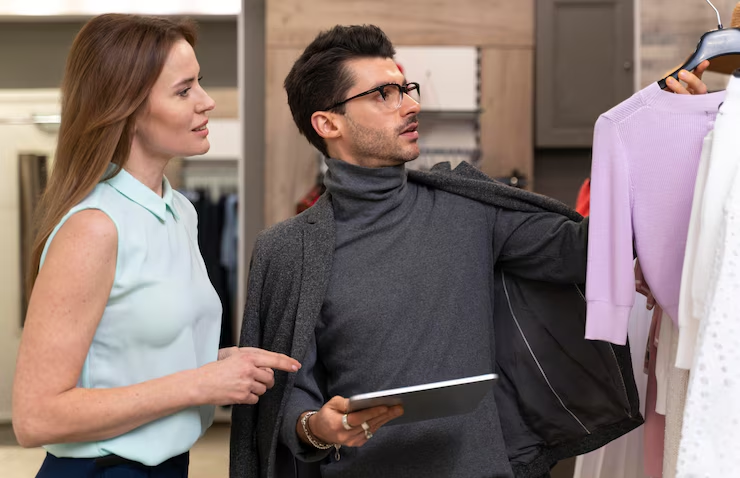
Counterfeit fashion might seem harmless—after all, it’s “just a bag or a pair of shoes,” right? But behind the glossy exterior of knockoff items are serious issues, including:
- Poor craftsmanship that doesn’t justify the cost
- Unethical labor practices
- Damage to the reputation of authentic brands
- Personal data risks from shady online retailers
Spotting fakes protects not only your wallet but also your values.
7 Smart Tips to Spot Counterfeit Designer Fashion
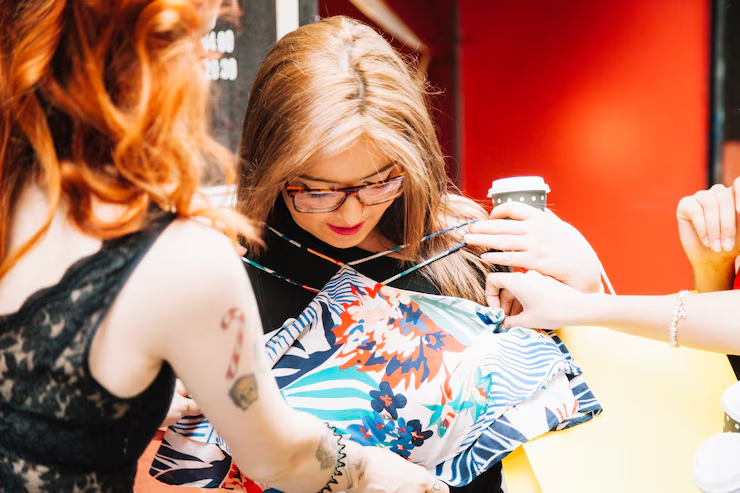
1. Check the Price
If a deal looks too good to be true, it probably is. Authentic designer items almost never sell at deep discounts, especially from unofficial sellers.
Tip: Do price comparisons using the brand’s official website or verified retailers.
2. Inspect the Materials and Stitching
Luxury fashion is known for premium fabrics and flawless construction. Counterfeit items often use cheap materials, poor lining, and uneven or loose stitching.
Tip: Touch the fabric. Authentic items feel rich and sturdy—not thin or plastic-like.
3. Examine the Logo and Font Carefully
Counterfeiters often get the details wrong. Misplaced logos, inconsistent spacing, or even slightly different fonts are telltale signs.
Tip: Compare the logo placement and typeface to photos from the official brand website.
4. Look at the Hardware and Zippers
High-end brands use high-quality metal hardware—zippers, clasps, and buttons—that are heavy, smooth, and engraved with the brand name.
Tip: Flimsy zippers or unbranded hardware often indicate a fake.
5. Analyze Tags, Labels, and Packaging
Genuine items come with care tags, authenticity cards, and serial numbers. Counterfeit products often skip these or mimic them poorly.
Tip: Check for misspellings, blurry prints, and unusual QR codes.
6. Check the Seller’s Reputation
Buying from reputable sources—official brand stores, licensed department stores, or trusted resale sites—is crucial.
Tip: For online marketplaces, check seller ratings, reviews, and return policies.
7. Verify the Serial Number or Authenticity Code
Many designer brands include a unique serial number or authenticity code. You can often check this with the brand’s customer service or online authentication tools.
Tip: Never rely solely on photos. Ask for close-ups of serial numbers when buying pre-owned items online.
Red Flags to Watch Out For
- “Inspired by” or “replica” in product descriptions
- Vague seller info and contact details
- No returns or cash-only policies
- Poor grammar and fake reviews on websites
Trusted Resources for Authentication
- Entrupy: A tech-based authentication app for luxury items
- TheRealReal & Vestiaire Collective: Offer verified resale with in-house experts
- YouTube reviews & unboxing videos: Compare real vs. fake details visually
Frequently Asked Questions (FAQs)
A: In most countries, owning counterfeit goods for personal use isn’t illegal, but selling or importing them often is. However, purchasing fakes indirectly supports illegal activities.
A: Services like Entrupy and Real Authentication use AI and expert review. While not perfect, they’re far more accurate than unaided guesses and help reduce risk.
A: Popular luxury brands like Louis Vuitton, Gucci, Chanel, Rolex, and Supreme are among the most frequently targeted by counterfeiters.
A: Yes, it can happen. Always ask if items have been authenticated or verify them yourself before purchasing.
A: Contact the seller for a refund. If bought online, report the listing. In some cases, you may be able to dispute the transaction with your credit card company.
Final Thoughts
Learning how to spot counterfeit designer fashion isn’t just about being a smart shopper—it’s about protecting your investment, supporting ethical fashion, and preserving the integrity of the brands you love. With the right knowledge and a cautious eye, you can shop confidently and stylishly without falling into the counterfeit trap.
So next time you score a “deal,” remember: real style is never fake.

